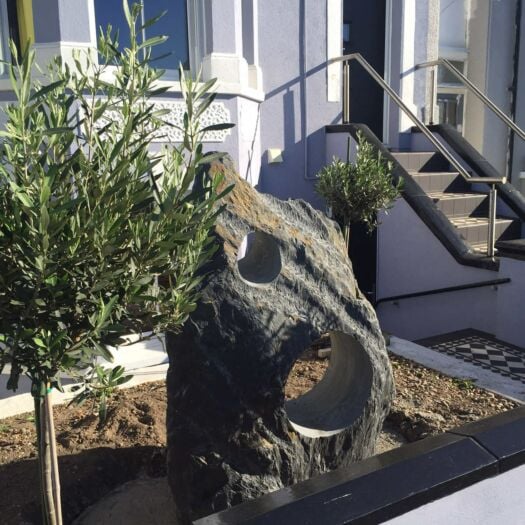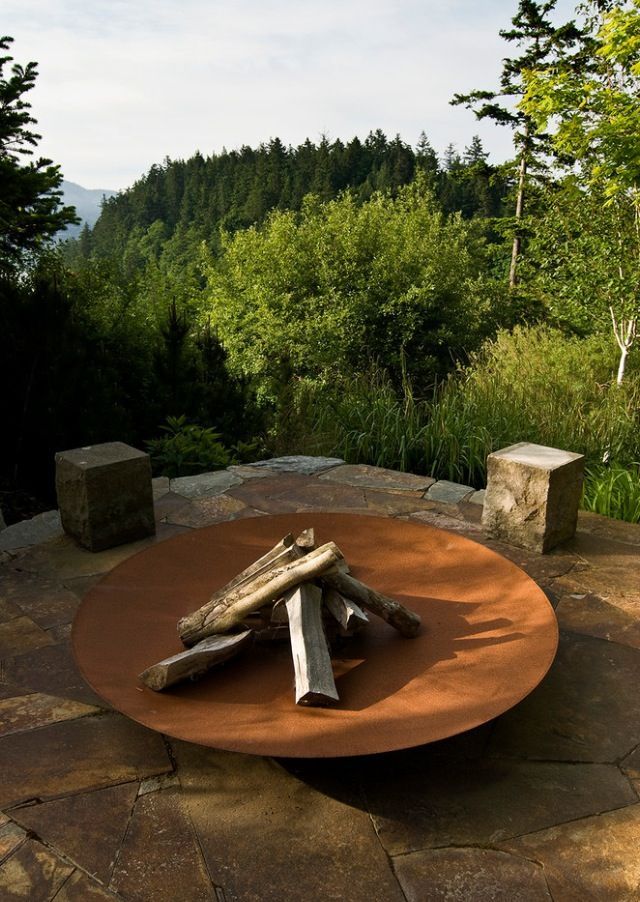
Designing and maintaining a garden is a rewarding experience that can provide a sense of accomplishment and pride. However, creating a visually appealing garden can be a challenging task. One of the most important elements of a garden design is creating a focal point that draws the eye and adds interest to the space.
A focal point can be any feature that stands out from the rest of the garden and catches the viewer's attention. This can be a tree, a water feature, a sculpture, or even a seating area. The key to creating a successful focal point is to ensure that it is positioned in the right place and that it complements the overall design of the garden.
In larger gardens, it is common to create a 'journey' of features that lead the viewer along the length of the garden. This can be achieved by placing a feature at the top of the garden and then adding a couple more points of interest at staggered intervals along the way. This will bounce the viewer's eye to each of the features in turn, creating a sense of discovery and exploration.
For long, narrow gardens, shaping the lawn in a long 'S' or 'Z' shape with a feature at the end of each turning point is an effective way to add interest and make the space appear larger. In contrast, for smaller gardens, it's a good idea to place the feature in one of the furthermost corners as this lengthens the appearance of the garden.
When it comes to selecting a focal point, there are countless options available. Here are a few suggestions:
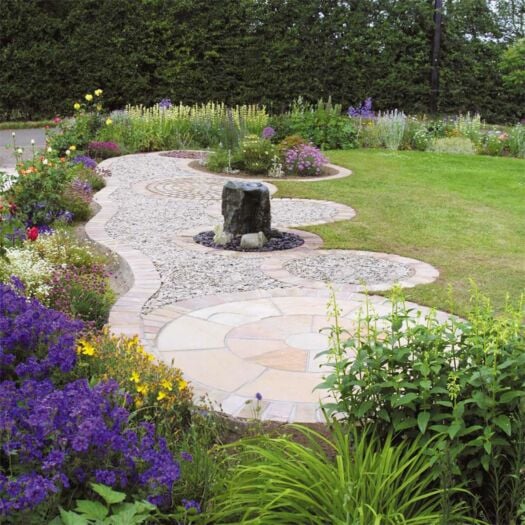 |
Paving Circle FeaturesOne idea is to use a paving circle feature kit and leave out the centre paving stone. Instead, use pebbles and large cobbles in the centre and create a water feature that flows over the pebbles and back into a reservoir below. This creates a beautiful and relaxing focal point that can be enjoyed throughout the year. |
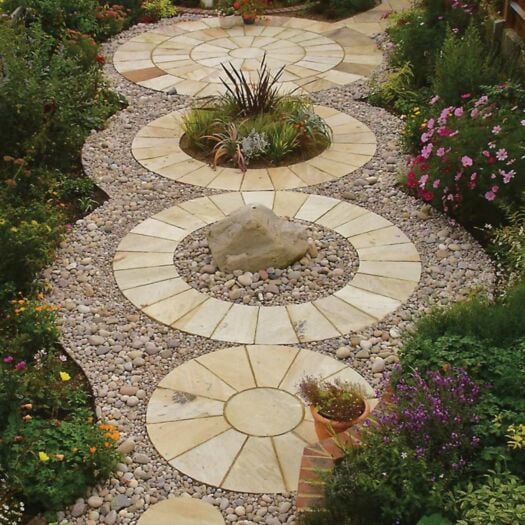 |
Vertical InterestAnother unique feature is to use sections of old wood or rusty metal vertically set in a concrete bed. This creates an interesting and unique feature that adds character to the garden. Alternatively, setting railway or landscaping sleepers on end at differing heights can create an interesting sculptural feature. Planting around the sleepers with architectural grasses softens the appearance and adds a natural touch to the space. |
|
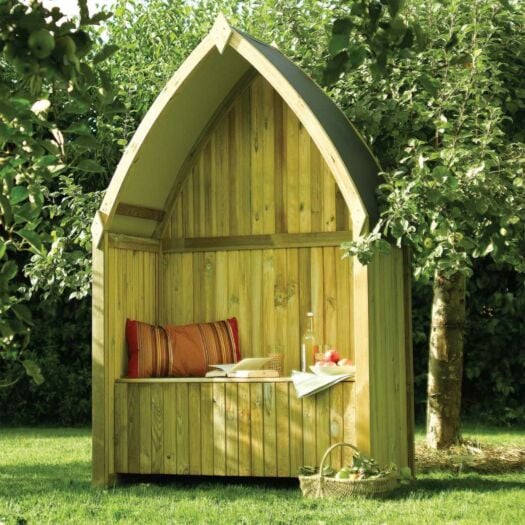 |
Feature SeatingArbour seats are another great feature that can be both attractive and practical. Adding an attractive place to sit in the garden is always a nice touch and can be enjoyed by family and friends throughout the year. |
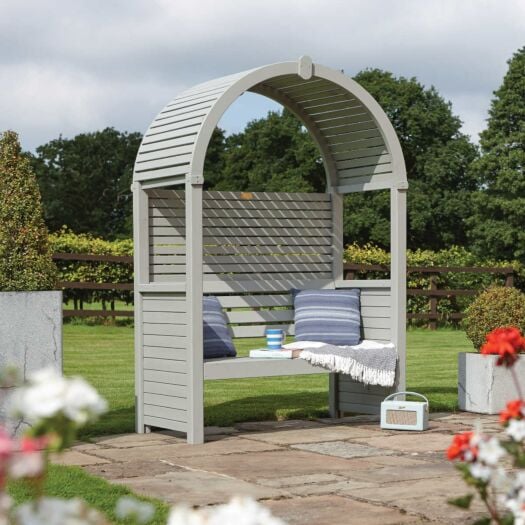 |
|
|
Sculptural Stone FeaturesLarge standing stones or monoliths within a feature bed can also create a bold feature. These can either be drilled to allow water to flow through or simply placed as features with their own right for a geological masterpiece. |
Fire & WaterFire bowls and water bowls are excellent foreground features that add a practical use to the space. They can also be used to add a touch of sophistication and elegance to the garden. |
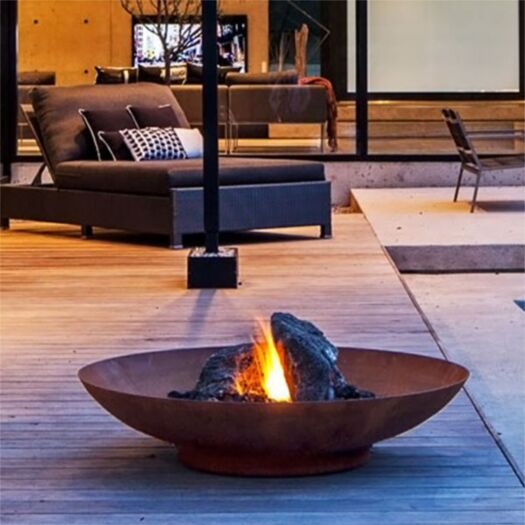 |
 |
Pots & PlantersUsing a selection of planted pots positioned in a stylish way is another artistic addition to the garden that can add colour and interest.
|
Garden Art & SculpturesLastly, a garden sculpture can be used within the planting beds to complement the plant colours and add interest to the space. This can be a unique and personal touch that adds character and personality to the garden. |
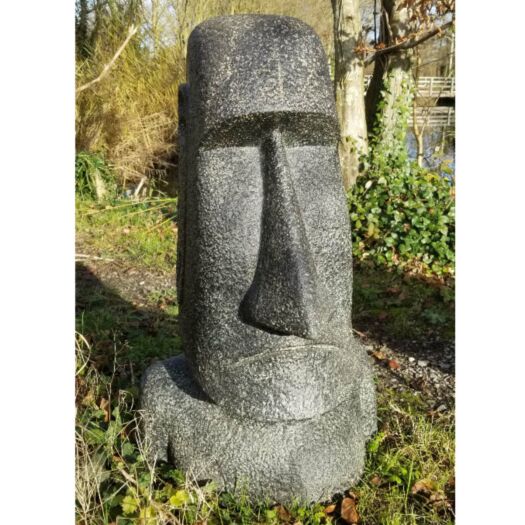 |
Creating a focal point is an essential part of garden design. There are countless ideas to choose from, and selecting the right feature is dependent on personal preference, available space, and the overall design of the garden. Whether it's a tree, a water feature, a sculpture, or a seating area, a well-designed focal point can add interest, character, and beauty to any garden. Gardening is a personal and creative process, and there are endless ways to add interest to your garden. Here are some additional ideas to consider when selecting a focal point for your garden:
-
Garden Art: Adding sculptures, statues, and other art pieces to your garden can create a unique and personal touch. Garden art can be made of stone, metal, wood, or any other material and can range from abstract to representational. Consider selecting art pieces that complement the style and colour palette of your garden.
-
Vertical Gardens: Vertical gardens are a great way to add interest to a small space or a blank wall. They can be created using climbing plants, wall planters, or even repurposed pallets. Vertical gardens can also be used to create a green privacy screen or to grow herbs and vegetables in a small space.
-
Outdoor Lighting: Adding outdoor lighting can create a warm and inviting atmosphere in your garden, especially in the evenings. This can be achieved with string lights, lanterns, or even spotlights highlighting your focal point. Outdoor lighting can also be used to create a safe and well-lit pathway through the garden.
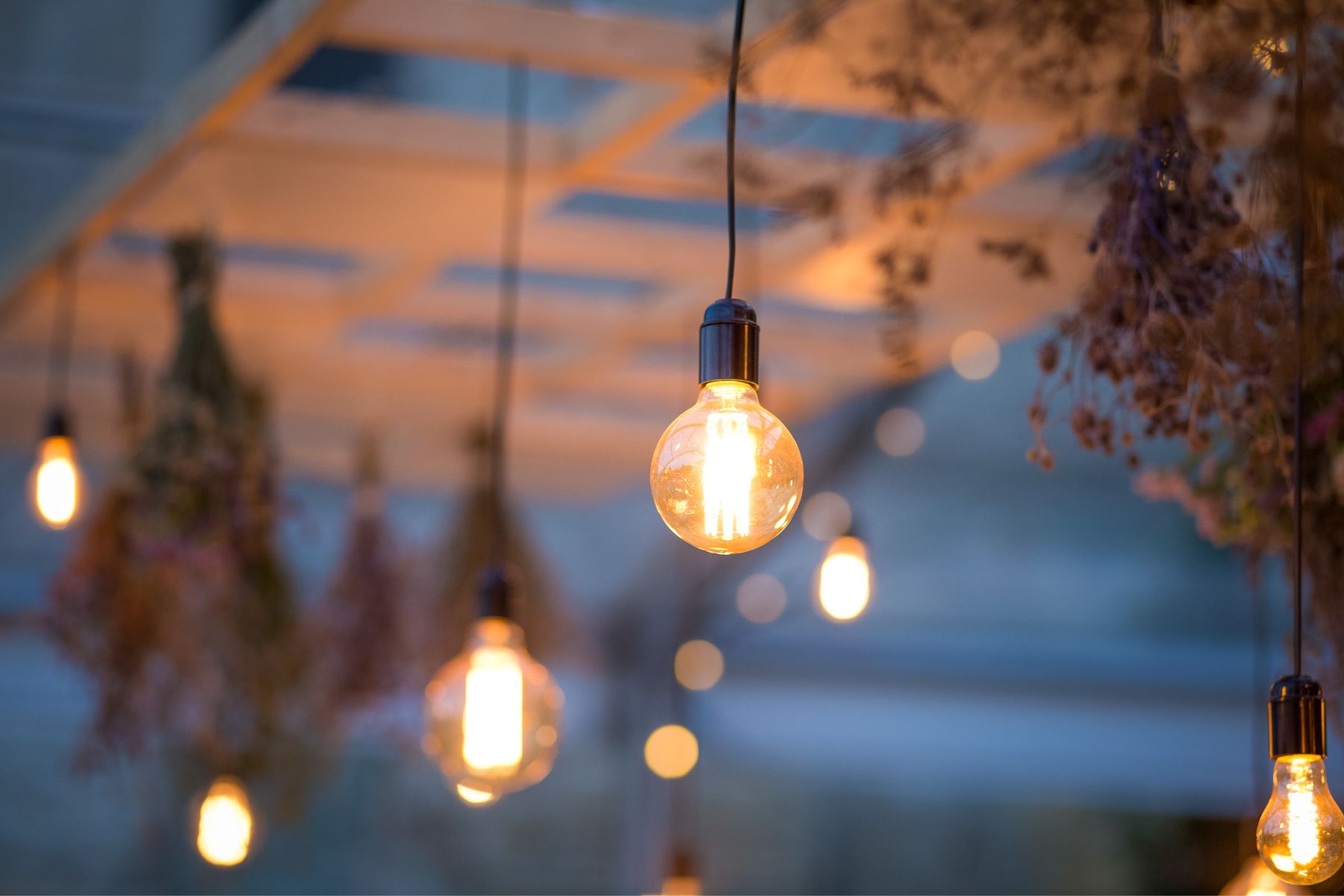
-
Water Features: Water features, such as fountains, ponds, and streams, can create a calming and peaceful atmosphere in your garden. They can also attract wildlife and create a natural ecosystem in your space. Water features can be customised to fit any style or size of the garden and can be incorporated into a larger feature.
-
Garden Structures: Adding garden structures, such as pergolas, arbours, and trellises, can create a sense of enclosure and add vertical interest to your space. They can also be used to support climbing plants or to create a shaded seating area in the garden.
-
Edible Gardens: Edible gardens can be both beautiful and functional. Consider incorporating edible plants, such as herbs, vegetables, and fruits, into your garden design. This can be done using raised beds, containers, or even incorporating edible plants into existing garden beds. Edible gardens can also attract pollinators, adding additional interest to your space. You could even have runner beans wrapped over a pergola!
-
Wildlife Habitats: Creating a wildlife habitat in your garden can add interest and help support the local ecosystem. This can be done by planting native plants, creating a birdhouse or feeder, or adding a bee hotel. Creating a wildlife habitat can also help you connect with nature and provide opportunities for educational experiences.
-
Seasonal Interest: Adding seasonal interest to your garden can keep it looking fresh and exciting throughout the year. Consider adding bulbs, annuals, and perennials that bloom at different times of the year to keep your garden colourful and vibrant. Seasonal interest can also be added through bank holiday and Christmas decorations or by incorporating seasonal themes into your garden design such as Halloween.
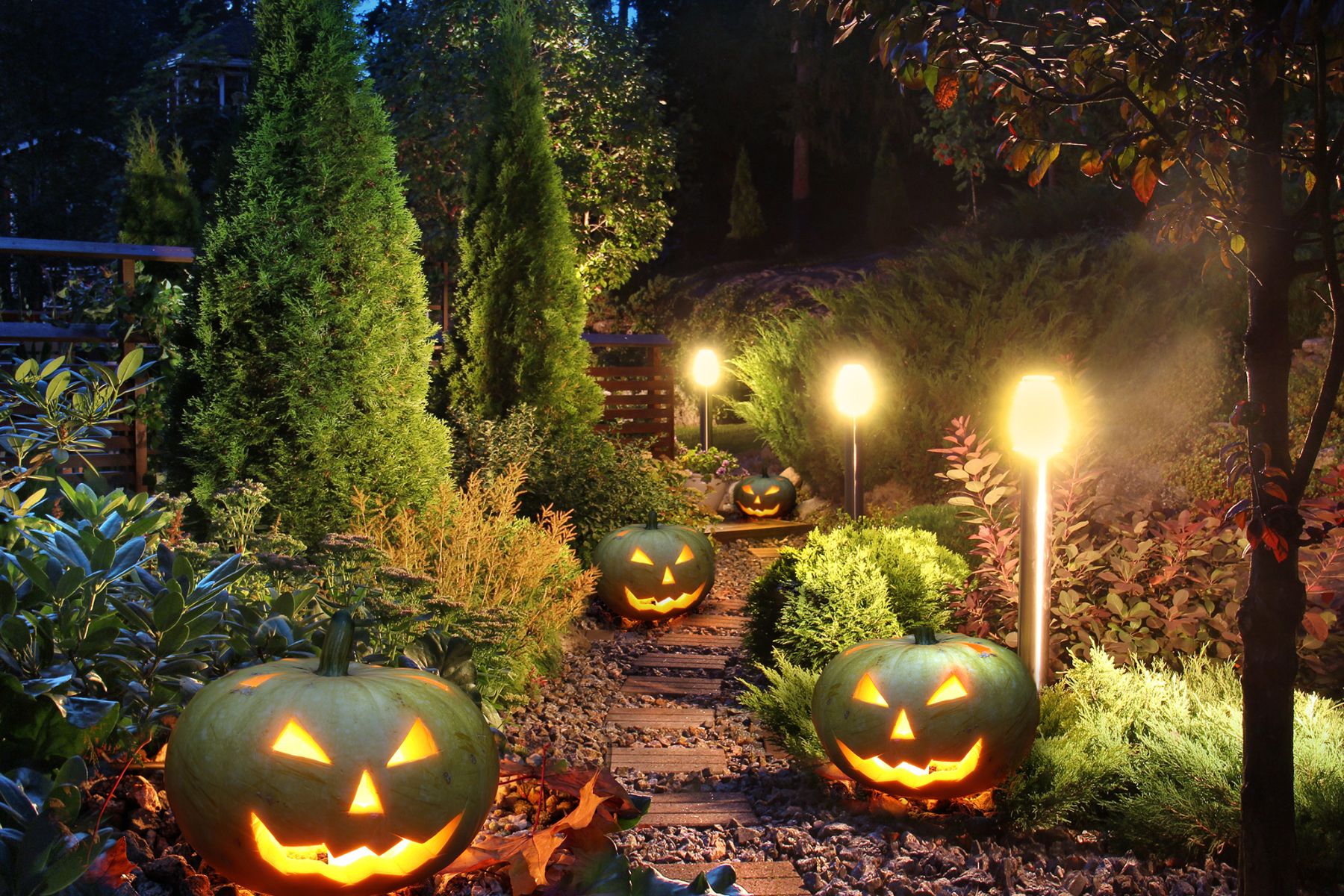
In conclusion, adding interest to your garden is a fun and creative process that can be tailored to your personal style and preferences. Whether it's garden art, vertical gardens, outdoor lighting, water features, garden structures, edible gardens, wildlife habitats, or seasonal interest, there are countless ways to add interest and beauty to your space. Consider incorporating some of these ideas into your garden design to create a space that is both functional and aesthetically pleasing.
We would love to see other ideas to add interest to your garden. Please do share on our social media channels!


